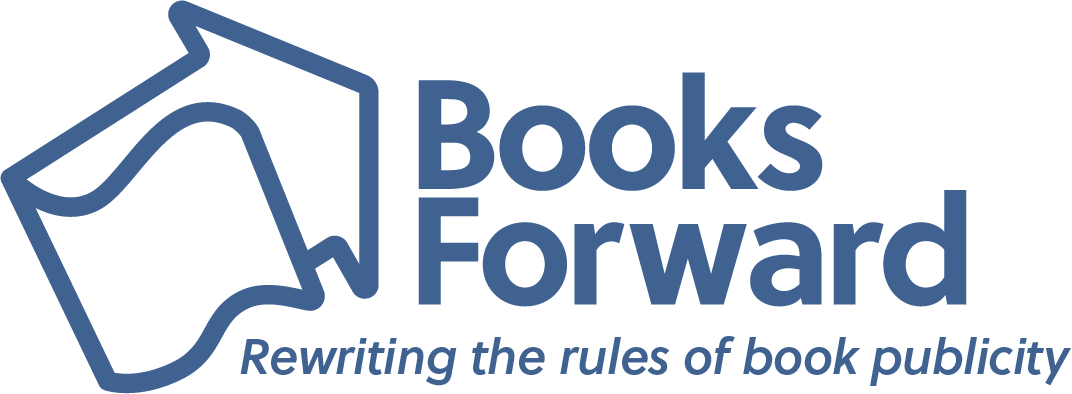When I first begin working on a publicity campaign with an author, we have a lot of bases to cover—How far can they travel for events? What type of media will fit the book best? How much lead time do we have? But there’s one question that I ask every author, and it will determine how the entire publicity campaign goes from that point. It’s this: “What does success look like to you?”
If you’re an author, take a minute to think about it—what does success look like for you? Is it a big New York Times Bestseller splashed above your name? Is it the mouth-watering prospect of your book sales spiking into the thousands, the tens of thousands, or more? Is it the movie deal, or the cross-country tour?
Or are your goals more compact, more personal—Is it about spreading an important message? Sharing a meaningful life experience? Connecting with readers, or helping readers connect with some part of themselves? Or maybe it’s simply that you’ve written and published a book at all—that’s a huge accomplishment in itself!
The answer is typically comprehensive: Many authors begin writing because of some personal catalyst, a desire to process, create, and connect. And it’s natural to want your art recognized, to see that big beautiful book you created find its way into more hands (and, let’s be honest, bestseller lists would be great too).
Why is defining what success means to you personally crucial as you embark on the publishing journey?
First: If you’re not sure what success looks like to you, you won’t be sure how to get there—or what it will even look like when you do.
For example, an author may dream of reaching the coveted #1 slot on the New York Times list, but knows that realistically she’ll have a higher chance of hitting a local bestseller list. Measuring success solely by the Times list will (statistically) result in nothing but bitter frustration—but if she takes strategic steps to hit a local bestseller list, she has a higher chance of hitting her goal, and becoming a bestselling author in the process.
Second: If you’re not sure what success looks for you personally, you may not recognize it when you get there. I’ve seen authors become so focused on the “big” gains—the mythical interview on The Today Show, the glowing reviews in the major trade publications—that glowing endorsements from smaller, respected reviewers feel insignificant. The meaningful event at the small bookstore doesn’t feel “big” enough. Although the reviews are good, the books are selling, the venues are confirming events, the author isn’t having any fun.
So take a moment, and write it out: What does success look like to you? Make a list: What are you big goals, your top-shelf ambitions? Now, what are some realistic, achievable goals? What personal benchmarks will you celebrate? What steps will you take to get there? As you figure out what success means to you personally, you may discover that “making it” as an author is closer than you think.

